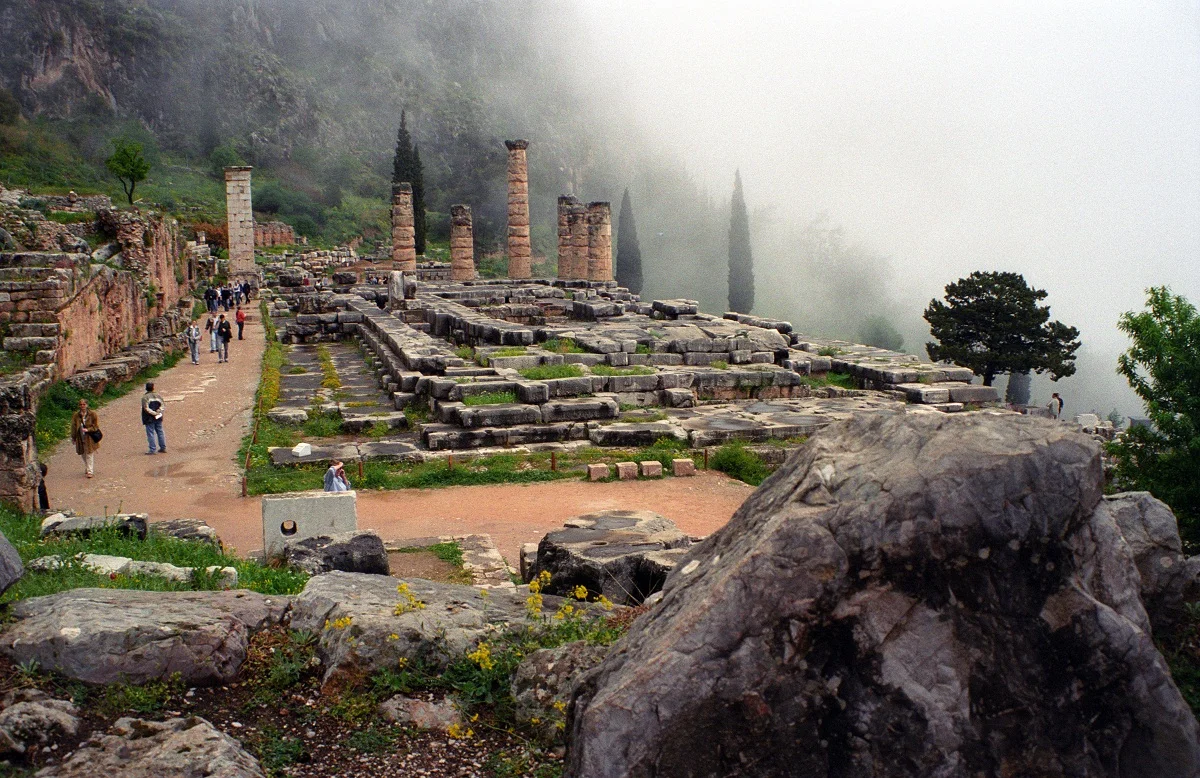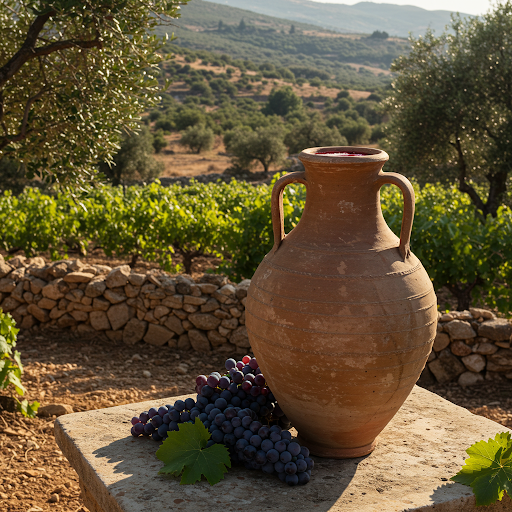Given its central role in antiquity, it’s hardly surprising Greece has some of the finest and most important archaeological sites in the world.
1. The Acropolis, Athens
One of the most recognisable sights anywhere in the world, the Acropolis symbolises Greece, its ancient history, its gods and its contribution to civilisation. The mighty temple of the Parthenon looms above the capital but the Acropolis is much more, an entire citadel which includes the Erechtheion temple, the Propylaia entrance and the temple of Athena Nike. The Parthenon itself is a grand Doric temple dedicated to the goddess Athena, standing 45ft high, supported by 46 massive outer pillars. Badly damaged in medieval times, a 40-year restoration project has ensured its survival.
2. The Temple of Apollo Epicurius, Vasses
Sitting in perfect isolation on the slopes of Kotylion at 3,608ft in the heart of the Peloponnese, the Temple of Apollo Epicurius in Vasses is a large, well-preserved temple that was one of the great religious centres in Hellenic Greece. Constructed in the 5th century BC, it remains one of the most important anywhere in the country due to its remarkable and unusual archaic features, a combination of Doric and Ionic elements and the oldest Corinthian capital ever found.
3. Delphi, central Greece
Situated on the slopes of Mount Parnassus overlooking the Gulf of Corinth, Delphi was the spiritual centre and symbol of unity in classical Greece for hundreds of years. Back then it was literally regarded as the centre of the world, the place where man was closest to god. At its heart is the Sanctuary of Apollo with its ruined temple where the Oracle was consulted on all major decisions. The vast site also includes other important elements: the Treasury of the Sifniots and the Castalian Spring along with a theatre and the stadium where the Pythian Games, precursors of the Olympics, were held quadrennially.
4. Sanctuary of Asklepios, Peloponnese
Asklepios was the Greek god of medicine and this spot in rural Epidaurus on the west side of Mount Kynortion was a place of pilgrimage and a centre of healing in ancient Greece. The site includes a sanctuary with hospitals and bath houses making it the equivalent of a modern spa resort. At its core is the partly restored Temple of Asklepios, however its most important feature is a vast, well-preserved theatre that rivals any in Greece. Nestled amid rolling hills, it boasts perfect acoustics – you can hear a coin drop in the central orchestra – and seats 14,000 on 54 tiers.
5. Medieval city of Rhodes, Rhodes
During the Crusades the military-religious Order of St John of Jerusalem occupied Rhodes for two centuries, transforming the city into a massive fortified citadel. Split into the two sections, its large Upper Town – including the Palace of the Grand Masters, the Great Hospital and the cobbled Street of the Knights – remains one of the finest examples of the Gothic period. In the Lower Town, Gothic architecture sits side by side with Byzantine plus mosques and public baths dating from the Ottoman period which followed the city’s fall in 1523.
6. Mystras, Peloponnese
Clinging to the sides of Mount Taygetos near Sparta in the Peloponnese, Mystras is a fairy-tale fortress and citadel standing in a beautiful, tranquil landscape. It was originally erected in 1249 by the Frankish prince of Achaia, then reconquered by the Byzantines before being occupied by the Turks and the Venetians and eventually abandoned in 1832, leaving only the breathtaking ruins. Labyrinthine alleys lead through monumental gates, past medieval houses to palaces and churches filled with faded frescoes. Those found at the Peribleptos Monastery are some of the rarest examples of Byzantine art anywhere.
7. Olympia, Peloponnese
For more than a thousand years Olympia was the site of the legendary Panhellenic Games, the original precursor to the modern Olympics, dating back to 776BC. Nestled in idyllic countryside in the Valley of the Gods beside the rivers of Alpheus and Kládhios and overlooked by the Hill of Krónos its remains represent every era of Greek civilisation. The most outstanding building is the 5th century Temple of Zeus and the stadium itself which once held 20,000.
8. Paleochristian and Byzantine Monuments, Thessaloniki
Due to its position in northern Greece, Thessaloniki was something of a revolving cultural door, welcoming ancient Greeks and Romans, Byzantines, Ottomans and even Sephardic Jews. The city’s colourful past has resulted in a striking, variegated architectural legacy that has seen Unesco declare 15 of its early Christian and Byzantine “ornaments” as a World Heritage Site including the Rotonda built by the Romans and later a shrine, The Acheiropoietos Church, one of the first Christian churches anywhere, the church of Agios Demetrius, the Latomou Monastery and the only Byzantine Baths to have survived in the country.
9. Mycenae, Peloponnese
Dating back to the Bronze Age, the Mycenaean civilisation is one of the most important ever to have existed and was originally assumed by Homer to be the home of Agamemnon. Located between two hills in the Argolid plain, southern Greece this huge atmospheric ruined town gave rise to one of the most important early cultures ever. Its large acropolis is entered through the monumental Lion Gate, a feat of engineering with huge “Cyclopean” bolster walls. Beyond lie many more striking features including the royal graves, palace and secret cistern.
10. Meteora, central Greece
One of the most dramatic sights anywhere in the country, Meteora is a cluster of Greek Orthodox monasteries perched precariously on huge natural sandstone pillars on the edge of the plain of Thessaly and the Pindus mountains in central Greece. Originally monks took to these huge towers to escape the Ottomans with the earliest monastery begun in the 11th century. Today six remain: the Holy Monastery of the Great Meteoro or (the Transfiguration of Jesus), the Varlaam Monastery, the Saint Stephen Monastery, the Holy Trinity Monastery, the Saint Nicholas of Anapafsas Monastery and the Roussano Monastery.


















